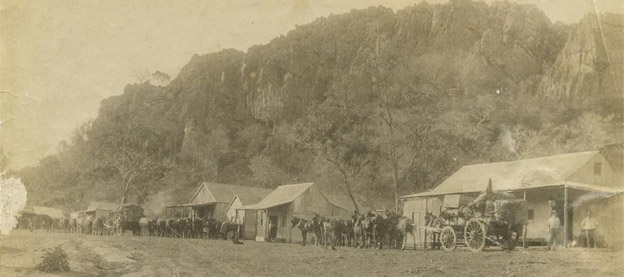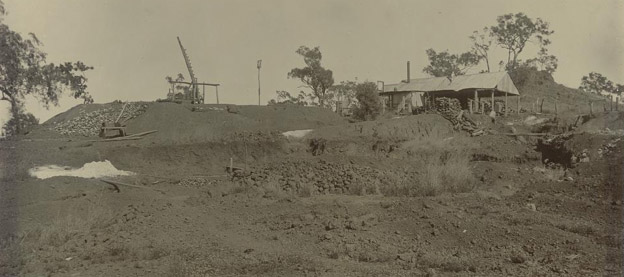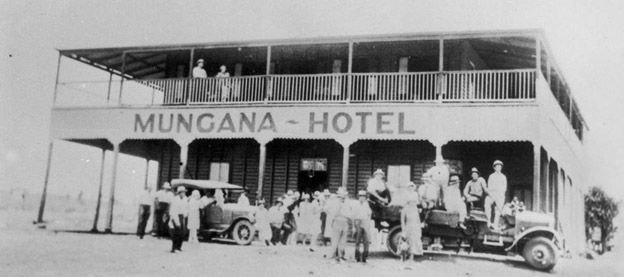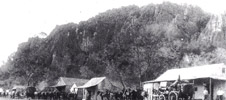
Initially known as Girofla, it was a few buildings some 400 metres east of the later town of Mungana and opposite the Girofla mine and under the bluffs. Girofla had two hotels between 1897 and 1900; the Cosmopolitan by Ben Joy, and the Girofla by John Leahy then Elizabeth Atherton. Mungana was surveyed on 26th June 1901 by C. Andrews to serve the mines in the area, the Girofla, Lady Jane, Dorothy, Red Dome, and Griffiths. In 1896 the smelter from Muldiva was moved to the Girofla mine. This was called the Klondyke blast furnace. It treated 50 tons of copper a day.

The railway reached Mungana in 1901 and still serves as the railhead today for cattle from the Gulf. The line was built by the Chillagoe Co. and it was intended to extend it to the Chillagoe Co.’s leases at Arbouin. The Girofla was the largest mine reaching a depth of 250 metres with eight levels. The Lady Jane reached 136 metres with seven levels and was abandoned for fourteen years due to spontaneous combustion causing underground fires. The town had two runs with the mines with them first closing in 1914. The Mungana Mining Co. went into liquidation on 15th July 1918. Reid bought it. The Government bought it from Reid and it re-opened from 1920 to 1926.
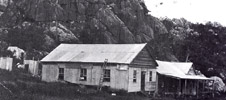
In 1904 the town area of Girofla had Elizabeth Toomey’s hotel, J. McGuire Brady’s shop and Sarah Dunlop’s store and shop. In 1907 hotels were owned by Evalyne J. Bennings, Albert S. Dette, and A. Ryan. Both Dette and Ryan had soft drink factories. 1.4 kilometres from section 11 of the town on a bearing of 290 degrees was William Atherton’s slaughter yard and boiling down works next to H. J. Rayment’s camel yards. A church also existed up under the bluffs in the Railway Reserve. At its peak in 1920, Mungana had six hotels, Mrs Nash’s Railway, Simpsons’ Dettes hotel, Manley’s Nash Hotel, Evan’s Commonwealth, Mrs Macnamara’s Girofla, and Markham’s Excelsior.
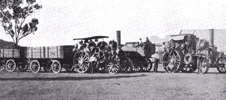
Mungana was a frontier mining town where future Queensland Labor Premiers (Ted Theodore and Bill McCormack) received their political training as mine union organisers. McCormack and Theodore became embroiled in allegations about their dealings in Mungana and, although found to be innocent of wrong doing, suffered irreparable political damage. The trouble pursued Theodore into his role as Federal Treasurer in the 1930s, with the 'Mungana Affair' indelibly etched on the political map.
There were three stores, a bakery, butcher, confectionery shop, drapers, post office, church, school and livery. By 1959 this had shrunk to a hotel, store, post office and seven residents. A postal receiving office existed from 1897 to 1898 and a post office from 1907 to 1945, then 1951 to 1960.
Today only foundations on the ubiquitous lime bluffs remain.

Click to see full size image
Text taken from:
1. ‘Angor to Zillmanton: stories of North Queensland’s deserted towns’ by Colin Hooper (2002).
2. http://queenslandplaces.com.au/mungana.




